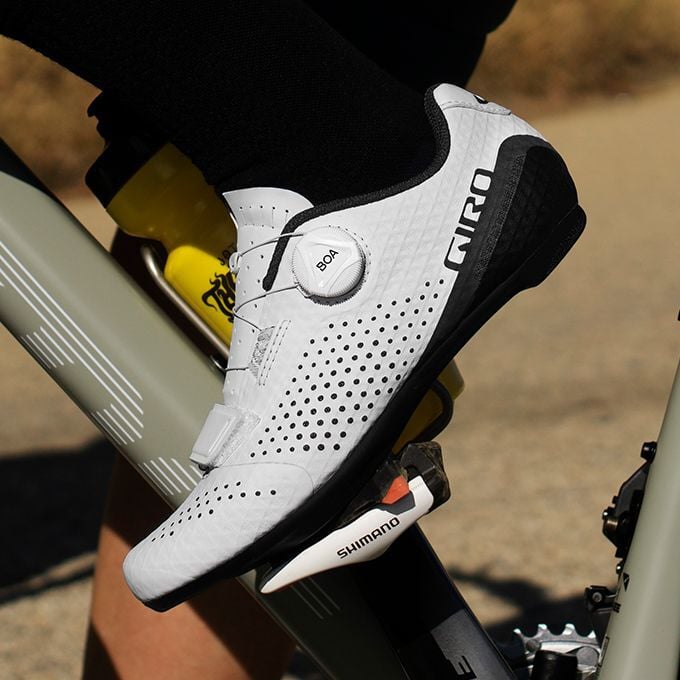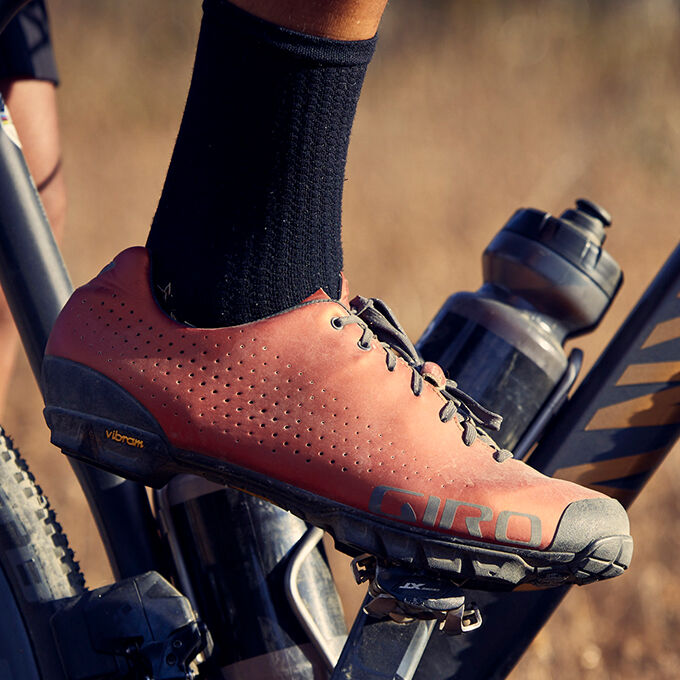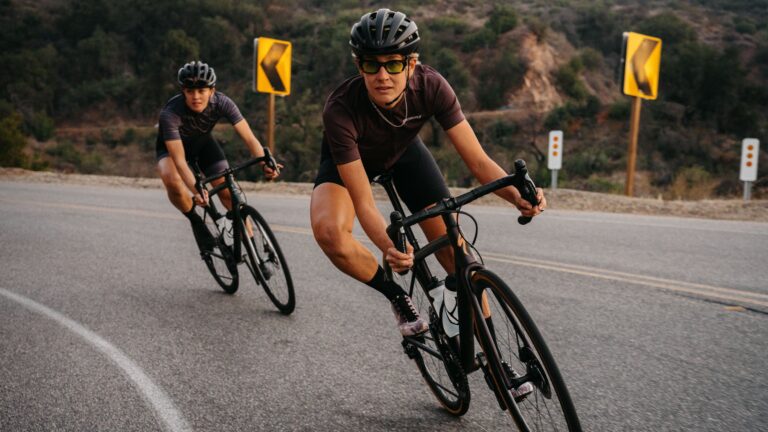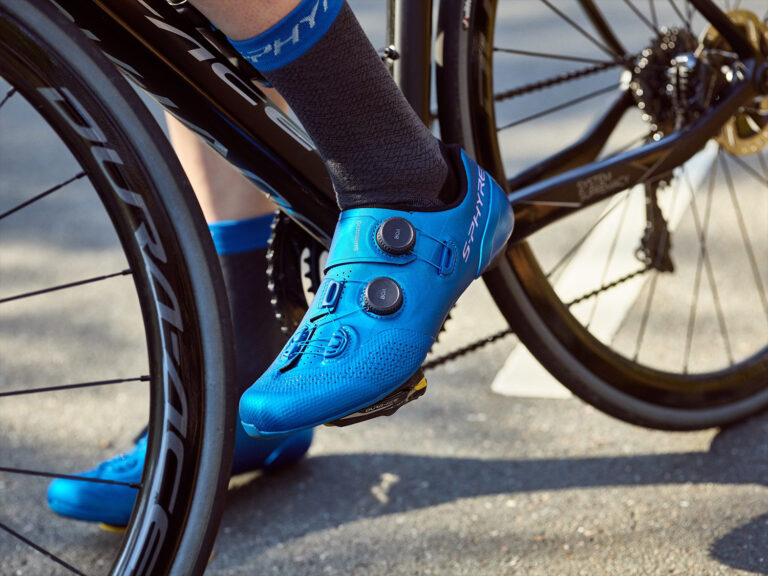Cleat Compatibility with Mountain Bike Shoes: A Guide from Experience

Key Point Summary of Cleat Compatibility with Mountain Bike Shoes:
- Cleat Compatibility Basics: Understanding the match between mountain bike shoes and pedal systems is crucial for safety and performance.
- Types of Cleat Systems: There are two main types – SPD (two-bolt) and SPD-SL (three-bolt) systems, with mountain biking generally using SPD.
- Importance of Correct Cleat Positioning: Proper cleat placement can enhance comfort and efficiency while reducing injury risks.
- Choosing the Right Shoes for Your Pedals: Compatibility between your shoes and pedals ensures a secure connection and optimal riding experience.
- Considerations for Different Riding Styles: Your riding style and bike type influence the choice of pedal and cleat systems.
As a master cyclist who’s spent years racing and riding across various terrains and disciplines, including mountain biking, gravel biking, and cyclocross, I’ve learned the importance of the right gear – particularly when it comes to the connection between your shoes and pedals.
Understanding Cleat Compatibility
When I first ventured into mountain biking, I quickly realized the significance of cleat compatibility. It’s not just about the shoes you wear; it’s about how those shoes interact with your pedals. Mountain bike shoes typically use a two-bolt cleat system, commonly known as SPD (Shimano Pedaling Dynamics). This system is different from the three-bolt system found in road cycling shoes, like the SPD-SL.
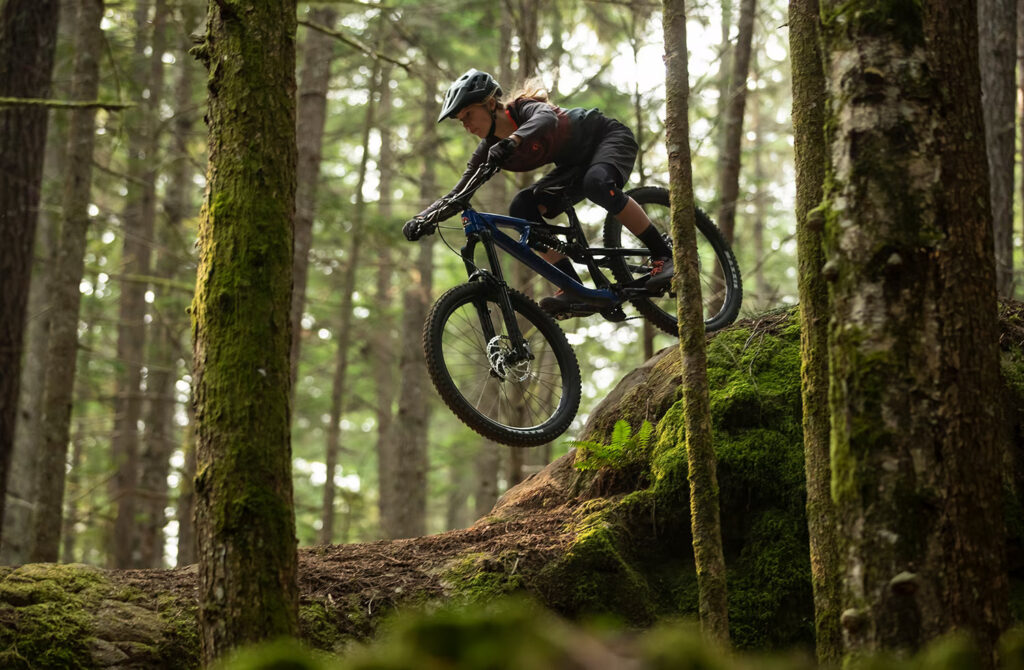
Types of Cleat Systems: SPD and Beyond
Most of my mountain biking shoes are compatible with the SPD system. This system involves two small metal cleats that attach to the bottom of your shoes with two bolts each. These cleats then clip into the SPD pedals, securing your foot in place. The beauty of the SPD system is its simplicity and the ease of walking off the bike, thanks to the recessed cleat design.
However, there are other systems too, like Time ATAC or Crankbrothers, each with its unique mechanism and cleat design. It’s essential to match your shoes with the right type of cleats and pedals.
The Importance of Correct Cleat Positioning
One of my early mistakes was not paying enough attention to cleat positioning. The placement of the cleat on the shoe can significantly impact your comfort, pedaling efficiency, and risk of injury. Ideally, the cleat should be positioned so that it aligns with the ball of your foot. This placement offers the best balance between power transfer and comfort. It took me some trial and error to find the perfect spot, but once I did, it made a world of difference.
Choosing the Right Shoes for Your Pedals
When selecting mountain bike shoes, compatibility with your pedal system is key. Most mountain bike shoes are designed to work with SPD-style cleats, but it’s always best to check. Some shoes even offer options for different cleat systems.
During a cross-country race, I witnessed a fellow rider struggle due to incompatible shoes and pedals. It was a stark reminder of how crucial this compatibility is for performance and safety.
Considerations for Different Riding Styles
Your choice of cleat and pedal system may also be influenced by your riding style. For cross-country and race-oriented riding, I prefer a lighter shoe with a stiff sole for better power transfer. In contrast, for trail and enduro riding, I lean towards shoes with a more flexible sole and a grippier tread, offering better performance off the bike.
The Learning Curve: Adjusting to Clipless Pedals
Switching from flat pedals to clipless can be daunting for beginners. There’s a learning curve to clipping in and out efficiently, something I remember all too well. Practice in a safe environment before hitting the trails. Trust me, it’s worth the initial struggle for increased control and efficiency.
Maintenance and Upkeep
Maintaining your cleats and pedals is also crucial. Regularly check for wear and tear, especially on the cleats, as worn cleats can make unclipping difficult and hazardous. I’ve had to learn this the hard way after a few unexpected tumbles.
Conclusion: A Key Element in Your Riding Setup
Cleat compatibility might seem like a small detail, but it plays a significant role in your mountain biking experience. The right combination of shoes, cleats, and pedals can enhance your comfort, efficiency, and enjoyment on the bike. Whether you’re a beginner or an experienced rider, paying attention to this aspect of your gear will serve you well on the trails.
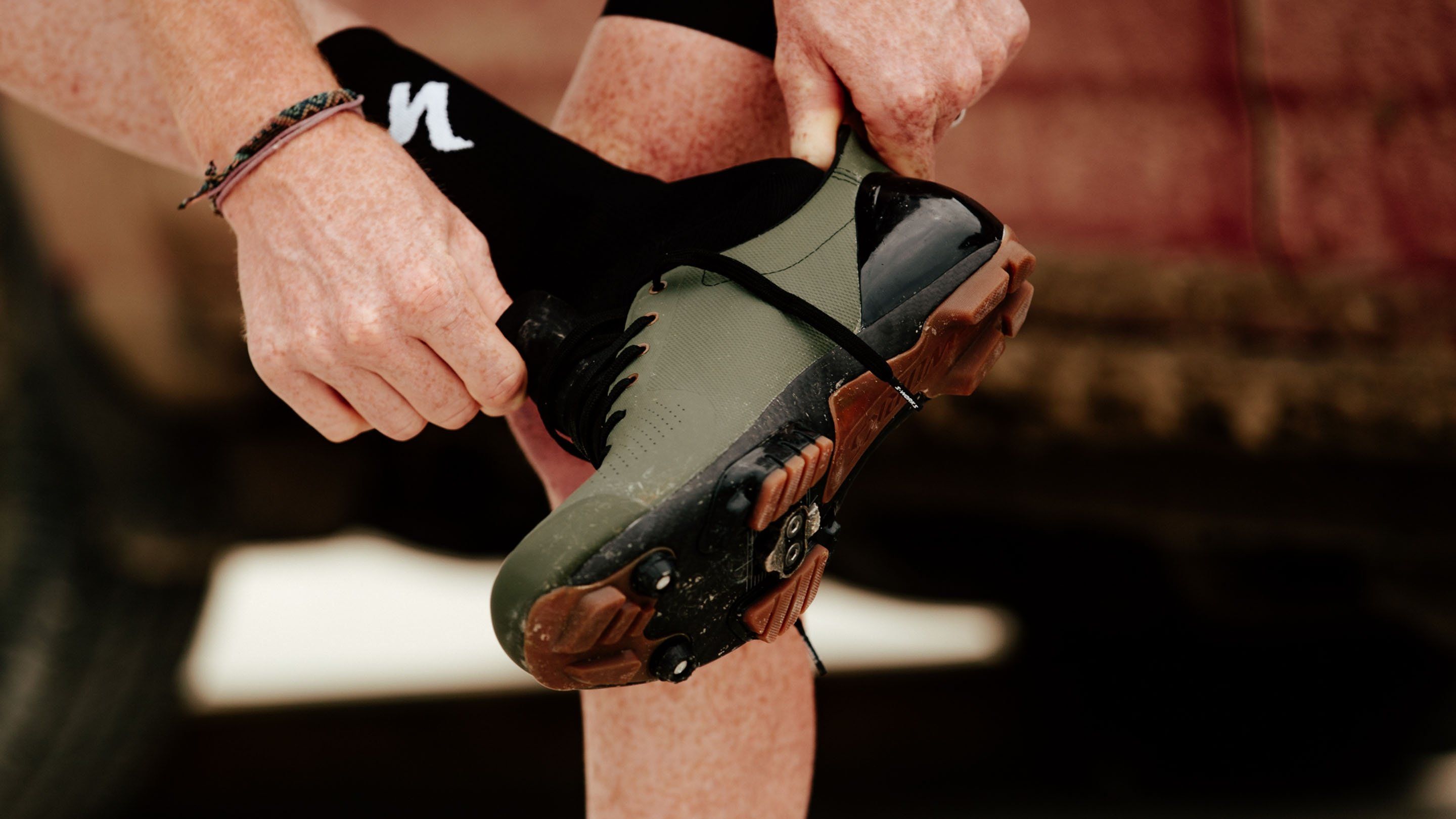
When considering the top mountain bike shoe cleats, it’s important to focus on the most widely used and recognized systems compatible with mountain bike shoes. Here are the top 3-5 cleat systems:
- Shimano SPD Cleats (SH51/SH56): The most commonly used cleat system in mountain biking. They offer reliable engagement and disengagement, durability, and are compatible with a wide range of shoes and pedals.
- Crankbrothers Premium Cleats: Known for their ease of engagement and 6 degrees of float, these cleats are a favorite among mountain bikers for their versatility and durability.
- Time ATAC Cleats: These cleats are appreciated for their easy engagement and release, consistent performance in muddy conditions, and ability to reduce knee strain due to their design and float.
- Look X-Track Cleats: Though more known in the road biking sphere, Look’s mountain bike cleats are gaining popularity for their strong engagement and durability.
- HT Components X1/X1F Cleats: Ideal for aggressive riding styles, these cleats offer a secure connection with the pedal, which is crucial for technical and demanding trails.
Each of these cleat systems has unique characteristics that cater to different riding styles and preferences. Compatibility with your specific shoes and pedals is key when choosing the right cleat system for your mountain biking needs.
Keep pedaling and stay adventurous!
John
FAQ
Do mountain bike shoes have cleats?
Yes, mountain bike shoes are compatible with cleats. They typically have a two-bolt cleat system designed to work with SPD (Shimano Pedaling Dynamics) pedals, although the cleats themselves are usually purchased separately and then attached to the shoes.
How do you put SPD cleats on mountain bike shoes?
To put SPD cleats on mountain bike shoes, align the cleat with the two-bolt holes on the bottom of the shoe, adjust the cleat position as desired (typically under the ball of the foot), and then secure the cleat in place using the provided bolts, tightening them firmly with a hex (Allen) wrench. Ensure the cleats are tight and correctly aligned for comfortable pedaling.
What is the difference between SPD and Delta cleats?
SPD (Shimano Pedaling Dynamics) cleats are a two-bolt design primarily used for mountain biking, offering easier walking and mud shedding capabilities. Delta cleats, typically associated with Look’s road bike pedals, have a three-bolt design, offering a larger platform for improved power transfer on road bikes but are less suitable for walking and off-road use.
What is the point of mountain bike shoes?
Mountain bike shoes are designed to enhance grip, support, and power transfer while cycling off-road. They provide a stable and efficient connection to the pedals, improve rider control, protect feet from rough terrain, and are durable enough to handle the rigors of trail riding.

